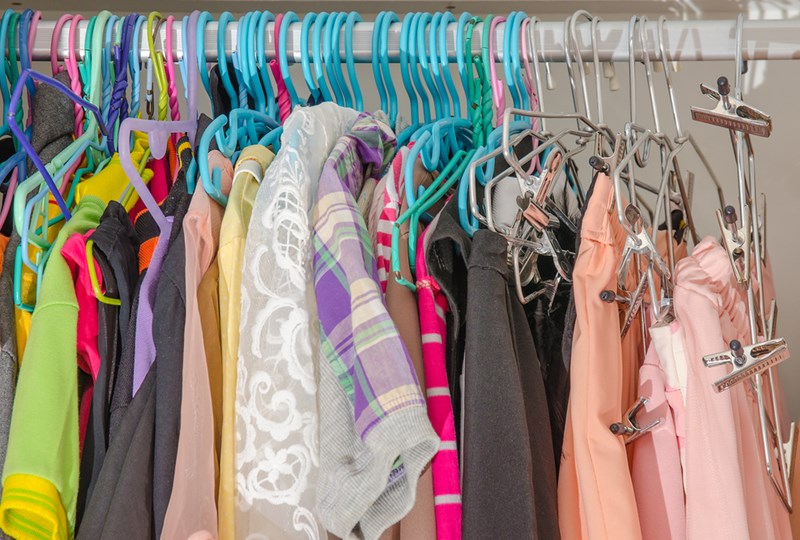
Whether it’s renters downsizing their belongings by following the KonMari method or buyers searching for tiny houses under 300 square feet, a clear trend is emerging across the country. Minimalism and thoughtful consumerism are in, and clutter and overspending are out.
Read on for insights you can use for downsizing your belongings, and how doing so can affect everything from your expenses to your well-being.
Problem One: Clutter is expensive
The urge to de-clutter often stems from a vague annoyance, like stepping on a Lego or running into furniture that’s too big for the space. But in order to really commit to a more minimalist lifestyle, you’ll want to consider the deeper ramifications of having too many possessions.
First, as this article points out, clutter is expensive. For many of us, a successful shopping trip is one where the cart is filled to the brim with good deals — not one where we successfully avoided the Target dollar section and bought only what we needed. Once the habit of getting a good deal is established, it can seem impossible to say no to another knick-knack or a second set of novelty wine glasses, or to see that these items will be a waste of money in the long run.
Of course, it isn’t just the buying of clutter that makes it expensive. Storing it can also get pricey. Across the country, Americans are paying thousands of dollars per year to store items they’ll never use or see again.
Problem Two: It isn’t making you happier
If your cluttered home stresses you out, you’re not overthinking it and you’re not alone. A recent UCLA study shows that women with a high density of household objects feel more stressed than those with less stuff.
It’s not hard to see why: Well-maintained homes are the ideal portrayed in every magazine and movie, but the expectation to buy more stuff also weighs heavily on most Americans. The end result? Families purchase things they don’t need and don’t have space for, then feel stressed that their houses don’t resemble the ones portrayed on HGTV.
Problem Three: It makes it harder to move
Of course, you’re not the only person who wants your house to look like a model home. Today’s homebuyers expect well-staged homes with clean walls, minimal décor and extra storage.
To list a home that will appeal to the masses, most sellers have to get rid of personal items and photographs and change up furniture arrangements, but sellers with cluttered homes may have to pay hundreds in storage unit fees and professional stagers to get their homes in peak selling condition.
Embracing a clutter-free lifestyle
Whether your clutter stems from buying too much, saving too many items or both, it can be difficult to hit “reset” once you’ve established a pattern. Here are a few quick tips we love to start the de-cluttering process:
- For every new item you buy, toss or donate an old item. Throw away or donate any duplicate items you have.
- Stand over the recycling bin as you open your mail so you never accumulate a junk mail pile.
- Recycle magazines and catalogs after two months.
- Go through your kitchen and get rid of anything you haven’t used in one year. (We’re looking at you, waffle maker.)
- Try the Oprah hanger challenge: Face all your hangers the opposite direction and turn the hanger the correct direction after wearing an item. After six months, consider donating anything you haven’t worn.
- Spend ten minutes doing the 12-12-12 challenge. Locate 12 items to throw away, 12 to donate and 12 to be returned to their proper area. (Kids love this one!)
- Here’s a long-term project: Go through each item in each room and segment them into four boxes or areas: Keep, donate, throw away or move into another area. Tackle one room per weekend (bigger rooms may take two weekends) until your house is done, then start over.
- When at the store, don’t buy anything that isn’t on your list. Jot down (or take a photo of) things that catch your eye. If you’re still thinking of the item two weeks later, return to buy it.
Considering selling?
If de-cluttering is the first step to selling your home, we can help with the rest of the process. Learn about local market trends and why today may be the right time to sell your home.
You can also follow #SellerInsights on Facebook, Twitter, Instagram and YouTube for more tips on listing your home for sale.








